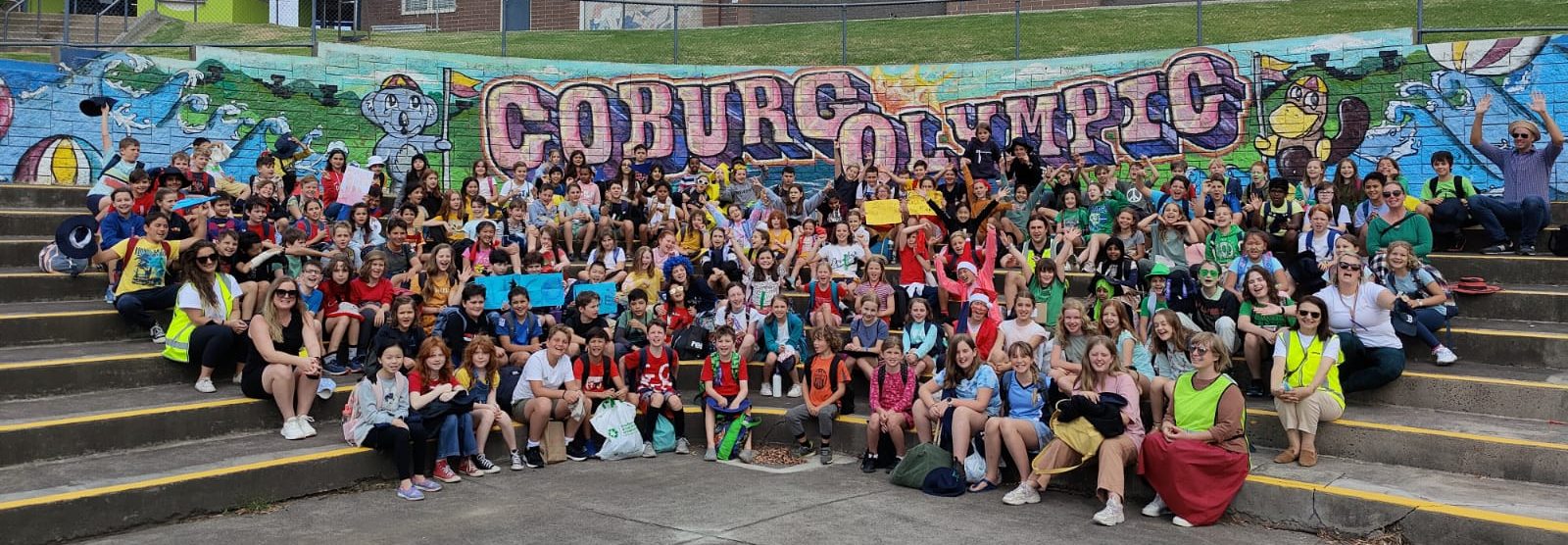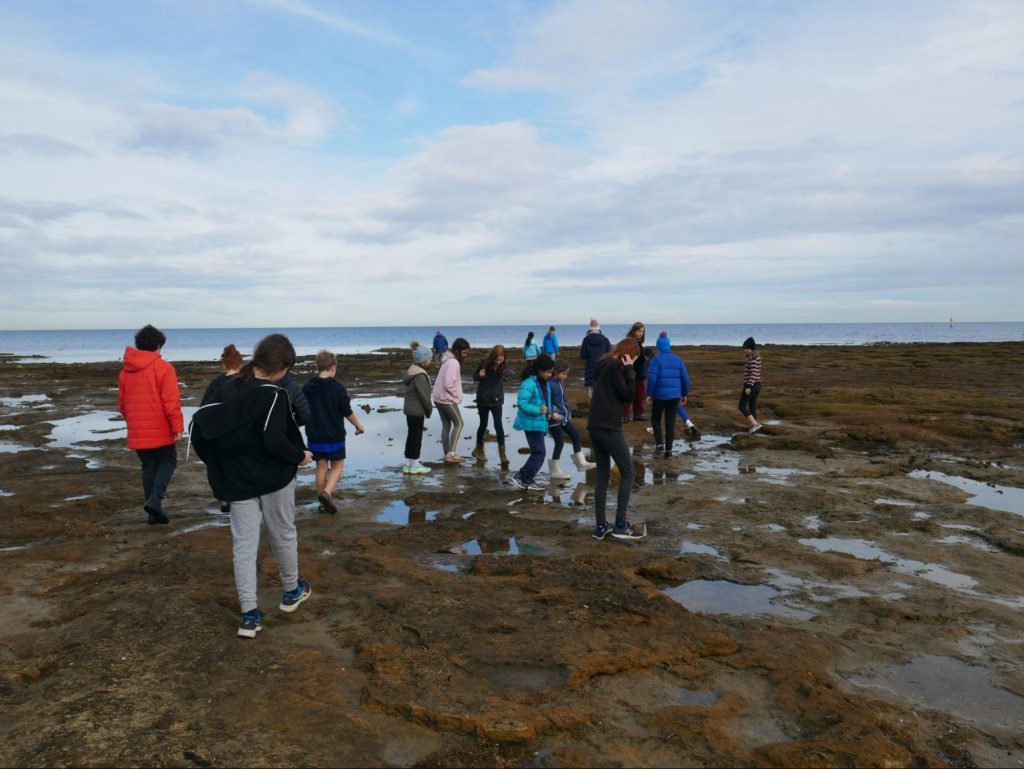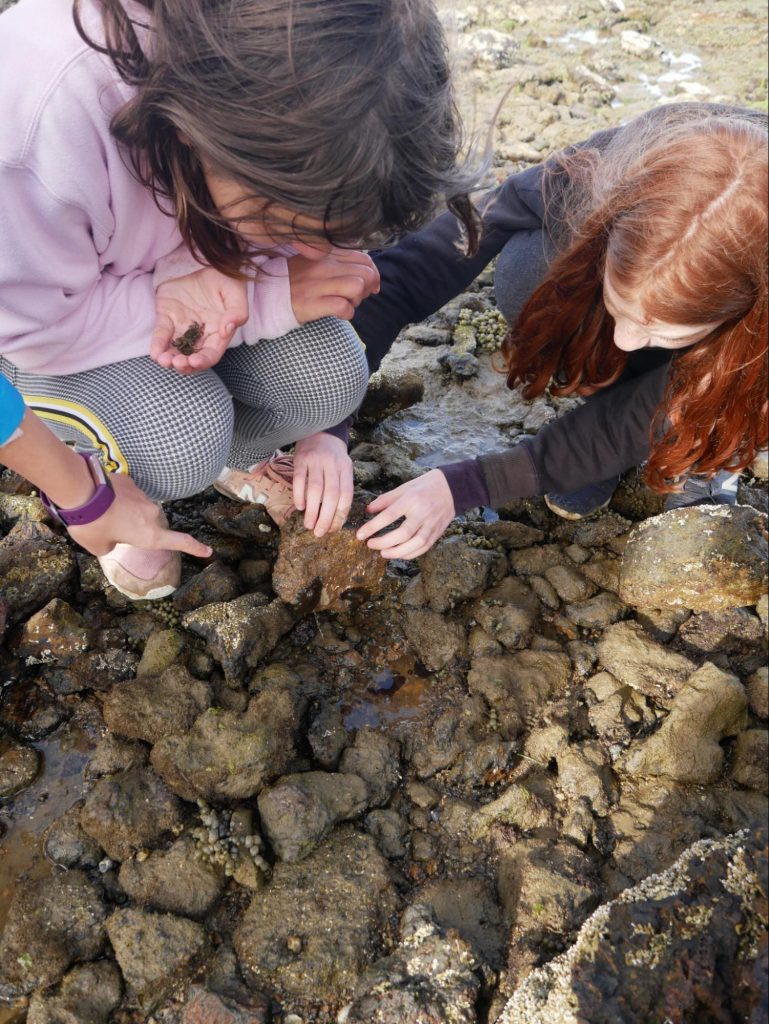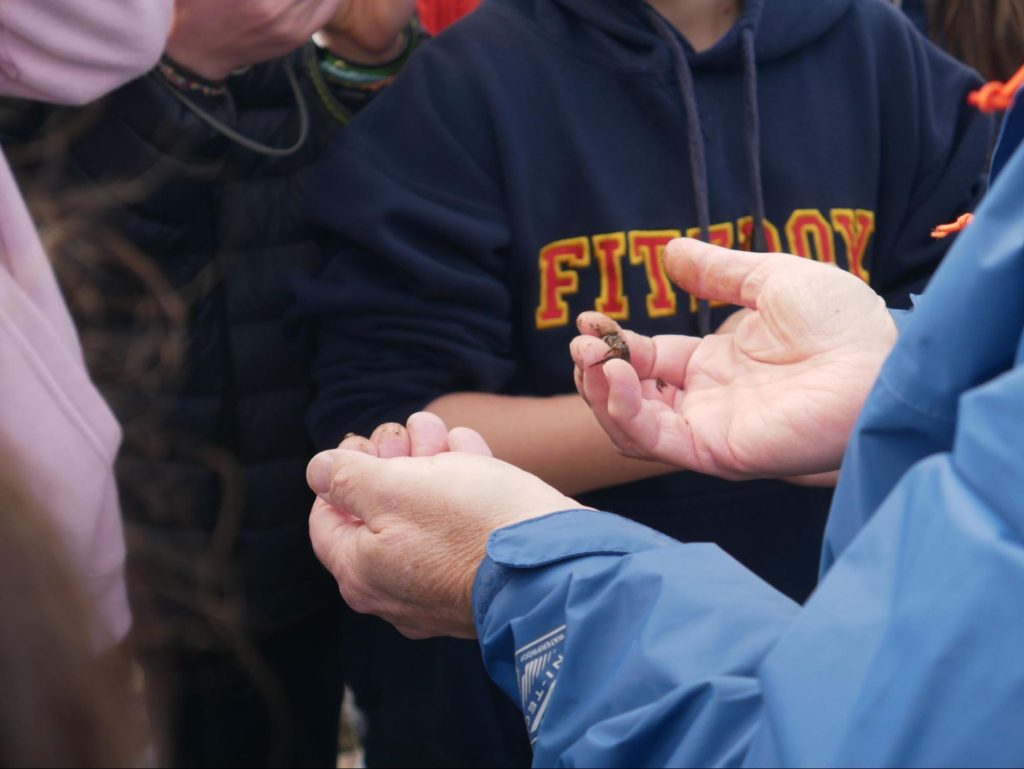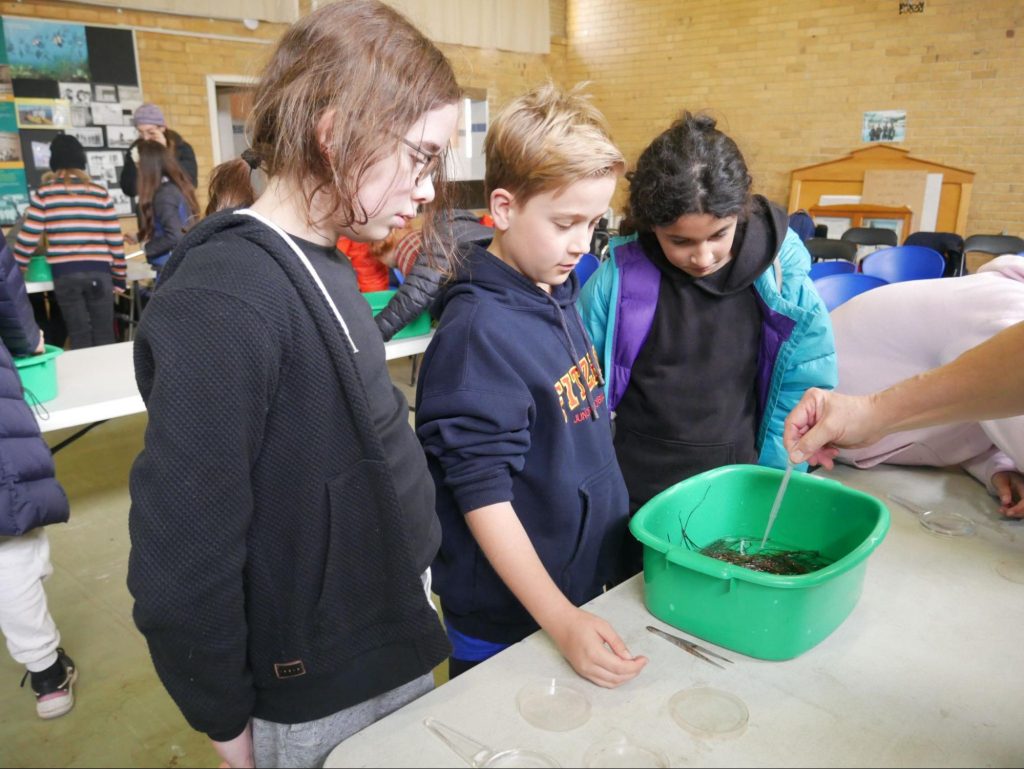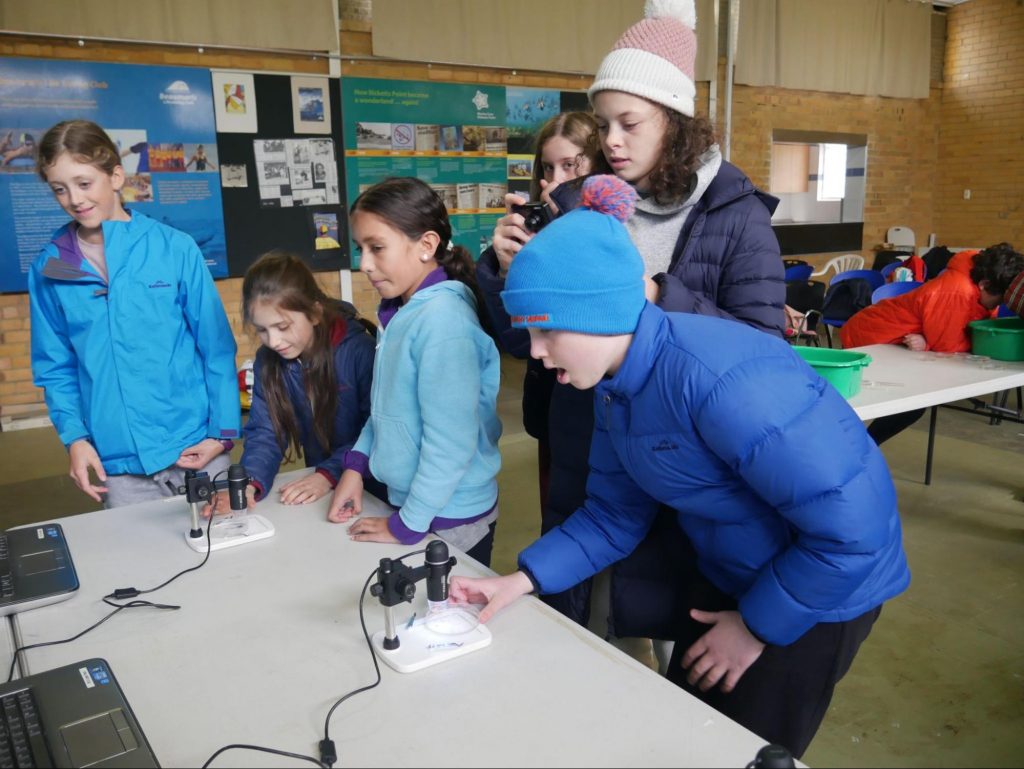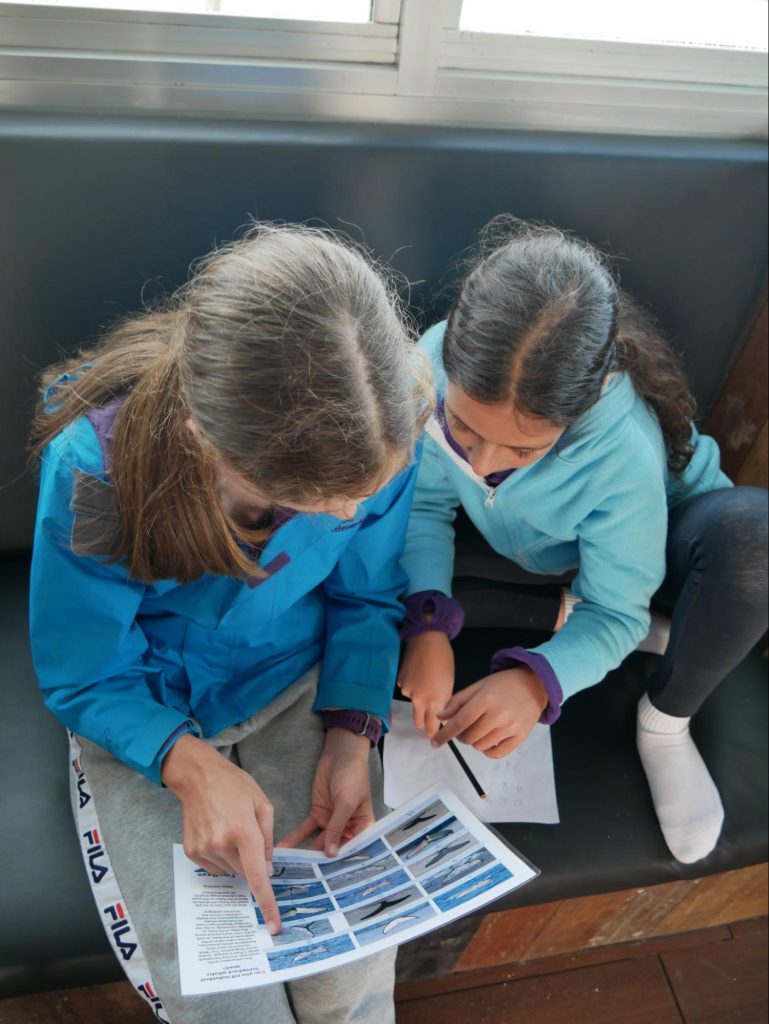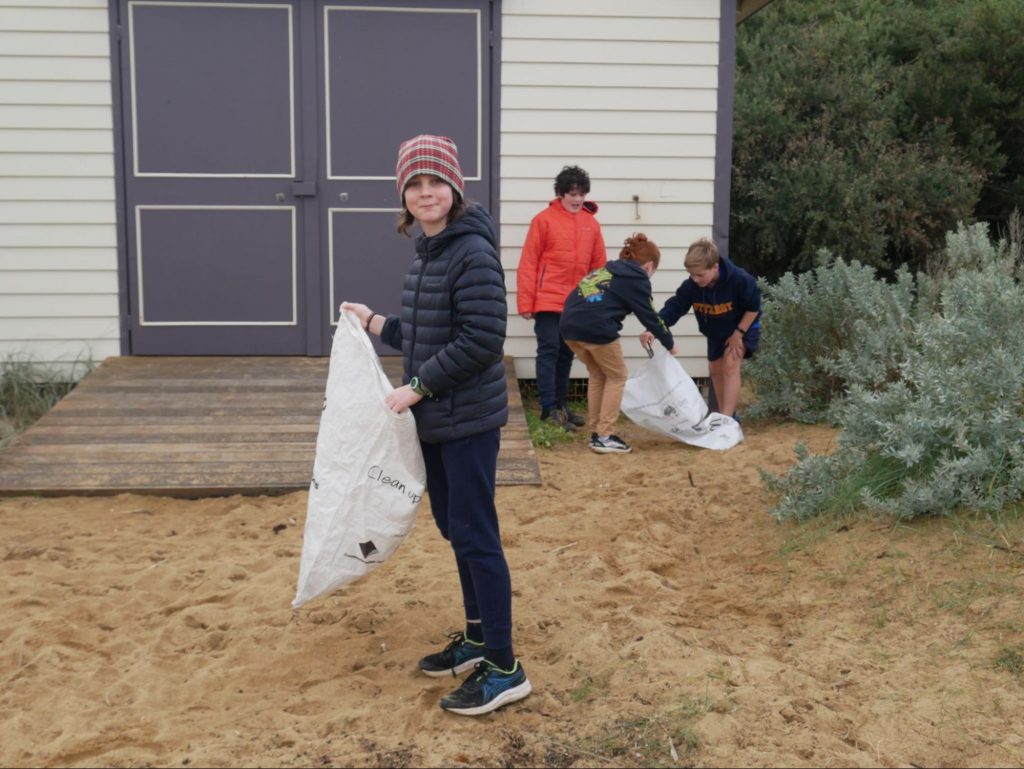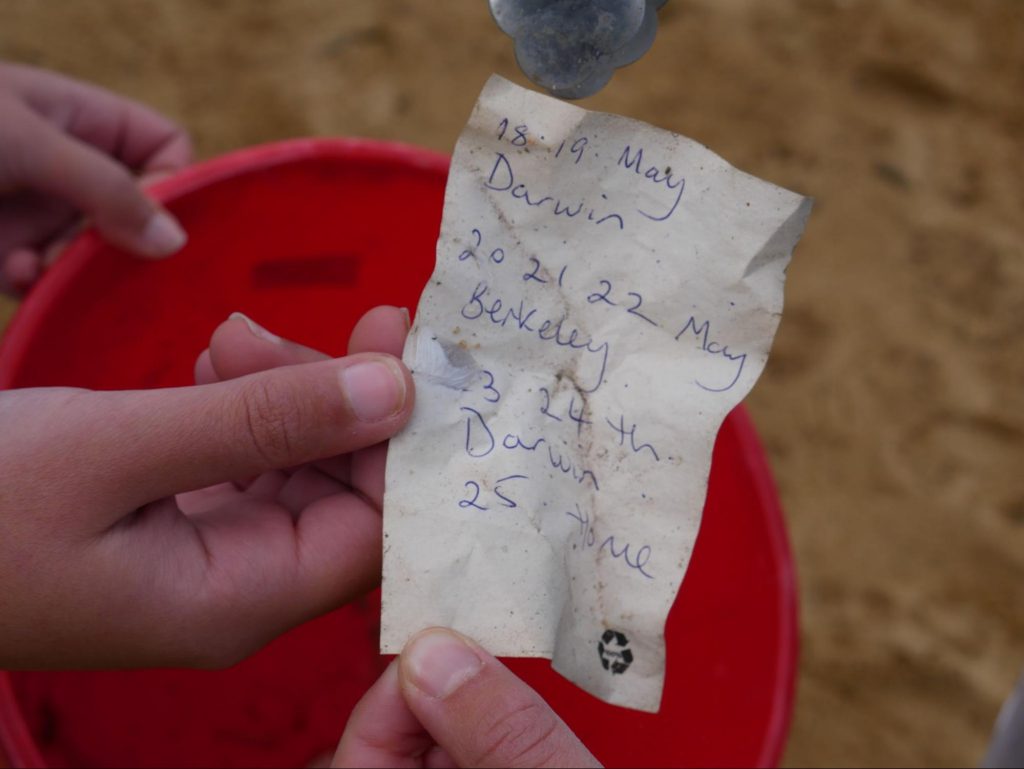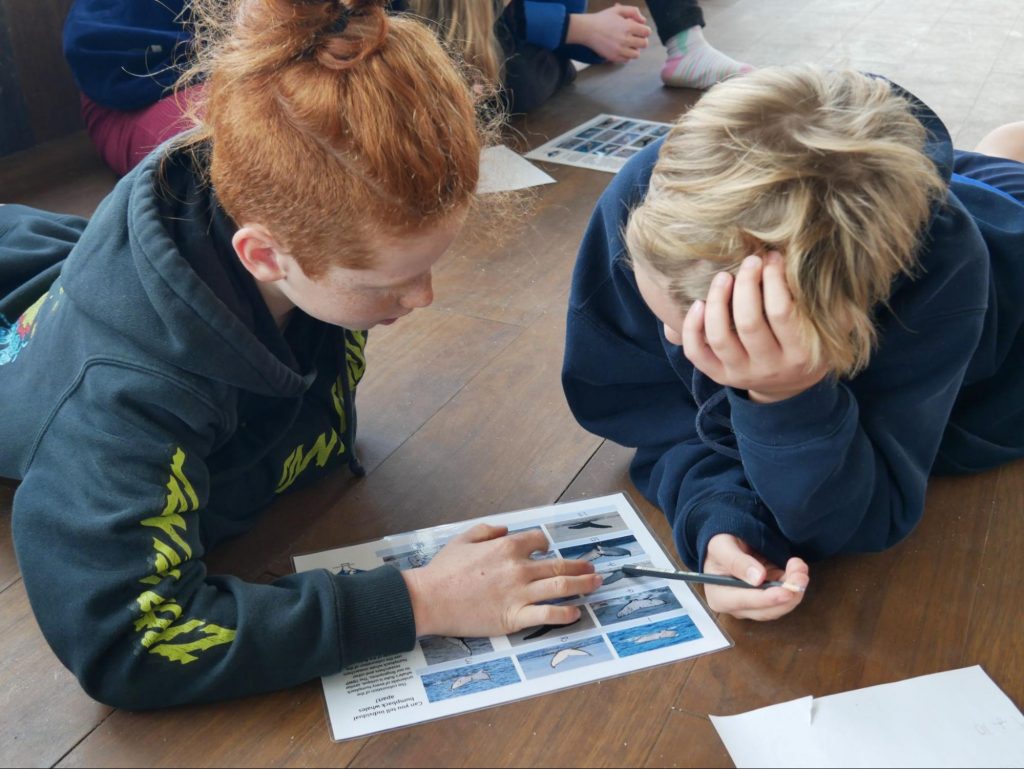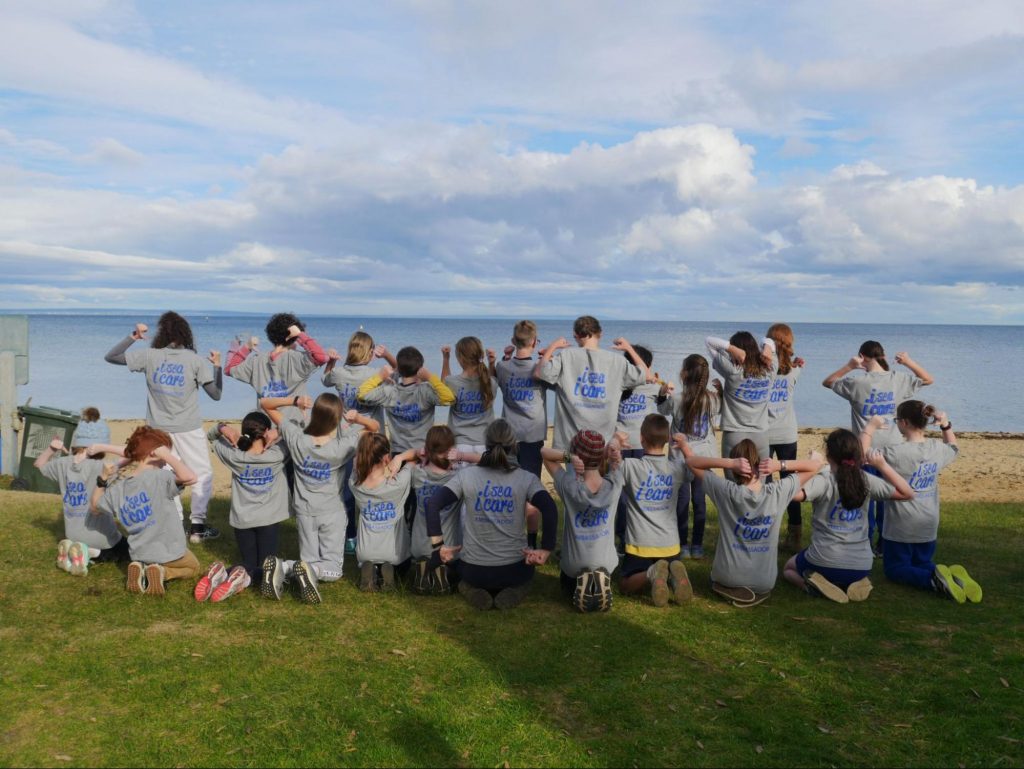iSea iCare Ricketts Point Excursion
On Tuesday the 13th of July 2021, the iSea iCare Ambassadors embarked on a new excursion to Ricketts Point, Marine Sanctuary.
“It was fun, interesting, and exciting.” – Marla
“It was enjoyable to learn so much and also show what we learnt.” – Reuben
The students got off the bus, and they were really excited and eager to start learning. They went inside the surf lifesaving club, put away their bags, and got allocated to a biologist, Russell, that they would be working with, and set off towards the rock pools.
The first thing the ambassadors explored down at the rock pools was the sea sponge. Most sea sponges have been around for more that 600 million years, which is even older than dinosaurs! There are two different types of sponges that we learnt about: one that is in the shape of a tree, as Cleo described it, and the most common one that you have probably found on the beach, the one in the shape of a bush. The reason they are formed differently is because the tree shaped sponge is usually formed in calmer seas and environments, with less waves, which makes it more delicate. The bushy sponge is formed in rougher surroundings, which makes it fluffier and spikey. Every sponge has small holes in its body, called ostia, and this is because when they are underwater they use the holes to soak up water and absorb the oxygen from it, as every living thing needs to breathe! Some scientists even did an experiment where they blended a sea sponge, put it back in water, and it reformed! The students were very fascinated!
“I learnt a lot about the ocean, crabs, and sea snails!” – Nico
The next thing the ambassadors learnt about was herbivorous, carnivorous, and omnivore sea snails. They also learnt that sea snails lay their eggs in things called sand collars and responded to this activity by finding a carnivorous, and herbivorous sea snail shell. The students learnt how to tell them apart by looking at what shape the shell made. A herbivorous sea snail’s shell opening is in the shape of an O, and the carnivorous sea snail’s shell opening shape is a D. You can also tell if a carnivorous snail has been eating omnivore, and herbivorous snails, because there is a small hole in the top of the shell.
“I learnt about how carnivorous snails scrape into other snails shells and create a perfect hole!” – Nyla
After learning about sea sponges and snails, the ambassadors took a trek across the rock pools to have a look at some crabs and rocks. Russell, our instructor, told us that visitors come to the sanctuary and turn over the rocks, which isn’t good because there are sea worms that sit at the top of the rock and when they get turned over it isn’t good for the worms! After this, the students explored crabs and learnt how to identify female and male crabs. Each crab has a tail; either in the shape of a rainbow or a triangle. The males have a triangle and the females have a rainbow as it is larger to carry the eggs. Russell then asked us to look under rocks and find a crab. And… hold it! There was some hesitation over trying to pick up a crab… a few squeals along the way.
“I thought it was really informative and a really fun experience” – Marly
After holding crabs and learning about shells and rocks, the ambassadors inspected and learned about sea grass. They filled up some tubs with the help of Russell, and grasped their tools. After some rummaging around the grass, they started to find their first creatures! They found some long, short, circle shaped, spiky creatures, and even a small crab! They learnt about how the sea grass is sometimes called a nursery because a lot of the sea creatures leave their babies in the seagrass beds to grow, and also about how the Black Swan is the only creature that eats seagrass. Did you know, fan worms are a species of sea worm that use their flakey end fins to suck in water? Russell also pointed out that six months ago the animals we found today, weren’t found, and that means that because of global warming, warmer water and all the life cycles and underwater habitats keep changing which is pretty fascinating!
“I learnt a lot about all the little creatures that live in the seagrass and I didn’t expect there to be that much living there!”- Miles
After inspecting all the tiny creatures in the tubs, the students went upstairs to learn about climate change, and dolphin fins! Jess, the instructor, told them about some of the key points to recognising the fins of different species of dolphin, and they went on a (very chaotic!) scavenger hunt to match the fins to different dolphins. After the hunt, the ambassadors engaged in an activity about climate change in various countries. They made a scale, showing all the different countries, and how much gases and pollution they make; from the most sustainable country to the least. Many of the students were mind blown with the results – who knew Australia was the second worst country when it comes to producing greenhouse gases and air pollution!
“I loved all the activities and they were really creative, and I found out that I love crabs!”- Maia
Now they were off to learn about the Beach Clean Ups and different beach patrol organisations. The ambassadors took a look at a pile of rubbish found on the beach earlier. Then they identified the sources of the rubbish so that they could try and make this rubbish appear less. The students went on a short clean up to compare with the other rubbish they found. The ambassadors found some foam pieces which is one of the worst pieces of rubbish for the sea, some plastics, and not to mention a secret note hidden in the bushes!
Following our excursion, our plans moving forward are to share their learning across the school, create provocations, and maybe even join some beach patrol programs! This excursion was such a great experience and the ambassadors are brimming with new ideas and information to make the world a better place!
